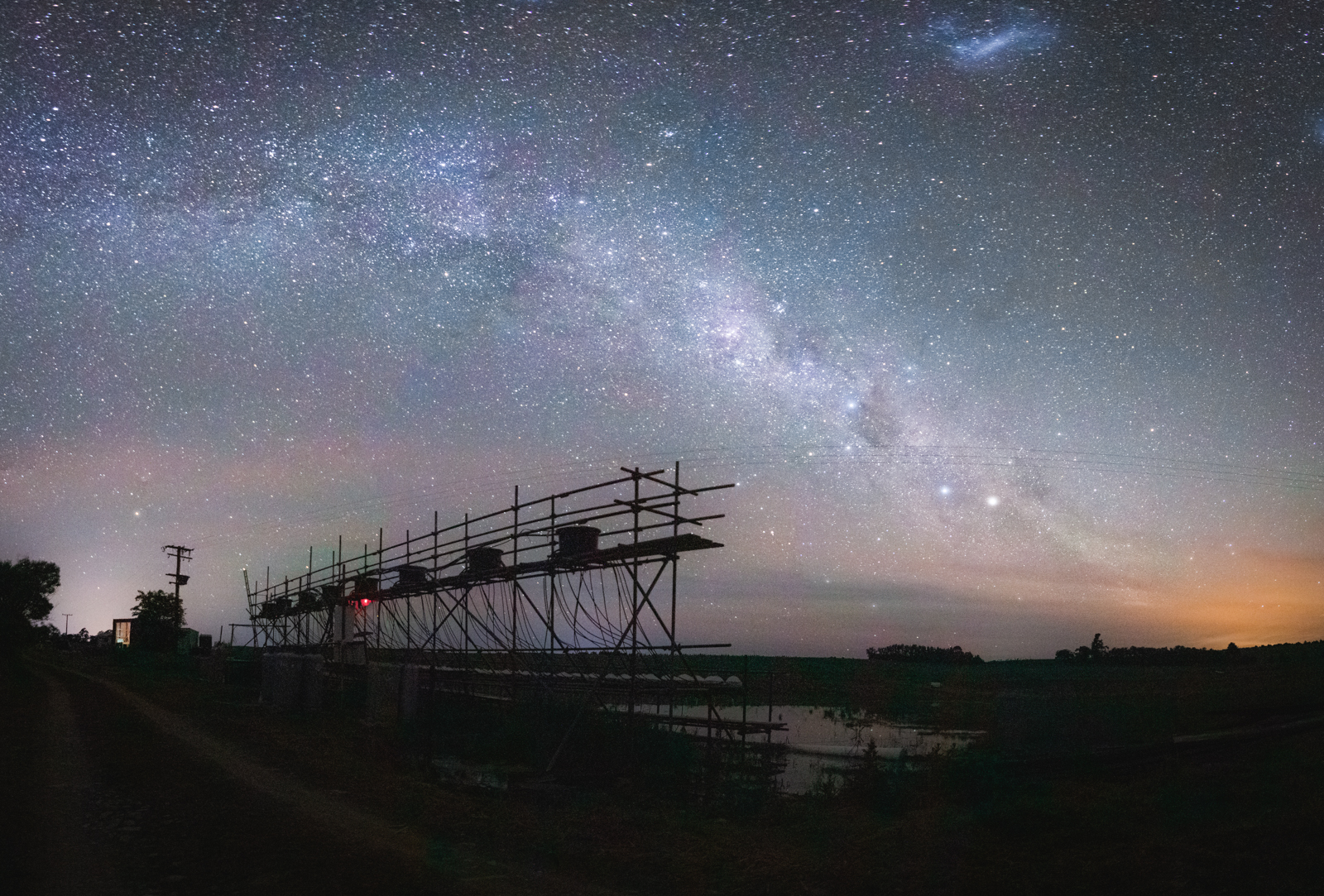- Guinness and t-tests: To Gosset! - 20/10/2020
- A Field Season in New Zealand: One Mesocosm Experiment to Rule them All - 24/04/2020
- The Story of the K’Gari (Fraser Island) Dingoes - 22/03/2019
Being on lockdown has me dreaming of our recent field season in New Zealand. The home of “Middle Earth” is a paradise for outdoor enthusiasts and going through the photographs from my own unexpected(/meticulously planned) journey is making my imagination run wild. Unique wildlife, towering mountains, endless waves, campsites with a view…
I swear we did some work. In fact, it was mostly work! As part of my PhD research I went to New Zealand to help run a field experiment with a fellowship of researchers from Trinity College Dublin, University College Dublin and the University of Otago. Over the course of three months we used the ExStream System to study the impacts of multiple climate change and agricultural stressors on freshwater ecosystems.
This involved an extreme amount of gathering, building, fixing, lifting, unclogging, twisting, measuring.. and so on. It was, as anyone who has ever worked with an ExStream System can confirm, a back-breaking experience. Luckily, it was also a really enjoyable and rewarding few months!
What on (middle) earth is the ExStream System?
The ExStream System is a flow-through freshwater mesocosm experimental system. It is built right beside a river and literally sucks up water, microbes and small creatures through inflow filters with pumps.
*except if you are water, microbes or little critters
The water is pumped up to eight header tanks, where some of it was heated or enriched with carbon dioxide in our experiment.
Each of the eight header tanks feeds water down into 16 mesocosms that had different flow rates and sediment levels for our experiment. Across the 128 mesocosms every possible combination of the those four stressors (i.e. fully factorial) was replicated eight times. Good thing we had a nifty colour coding system!
Each mesocosm is like its own little world containing millions of microbes, thousands of bugs and one fish (to rule them all).
The pumps are always running and the mesocosms have holes in the middle of them where water flows out. Sounds simple enough, right? What could possibly go wrong?
Trials and Tribulations …
It turned out, lots of things can go wrong. One does not simply run a large scale mesocosm experiment. Thankfully, nothing ever went “too” wrong. But still, we learnt to fear the sound of silence, which meant that the pumps weren’t running anymore. What on earth would stop the pumps? Random power cuts on perfectly calm days for one.
We also lived in constant fear of floods. If there was heavy rain, about seven hours later (normally in the middle of the night), the river could flood block up the pumps and mesocosms with sediment. I’ve never checked the weather forecast so frequently in my life.
We became slaves to the mesocosms, they were… precious to us. By the end of the three months we were all pretty shattered; we were drifting into the “wraith-world”.
… and Triumphs
To be fair, it really was a brilliant experience. I learnt a huge amount about freshwater ecology, fieldwork and experiments, and also made some wonderful friends. Julia Hunn and Ann-Marie Kelly are the other two PhD students on the project and were the heart of the experiment! Also, there is no way we could have made it all the way to the end without Alex West and Amirah Osama, our two awesome interns.
Jay Piggott was our all-knowing guide – like Gandalf, but less grey. We also got a huge amount of help from Sam Macaulay and Christoph Matthaei and many others from the University of Otago! It truly was a strong fellowship.
We are supposed to be doing another ExStream experiment in Wicklow as I write this blog, but that will have to wait. So for now, I’ll just keep on dreaming about our field season in Middle Earth.

